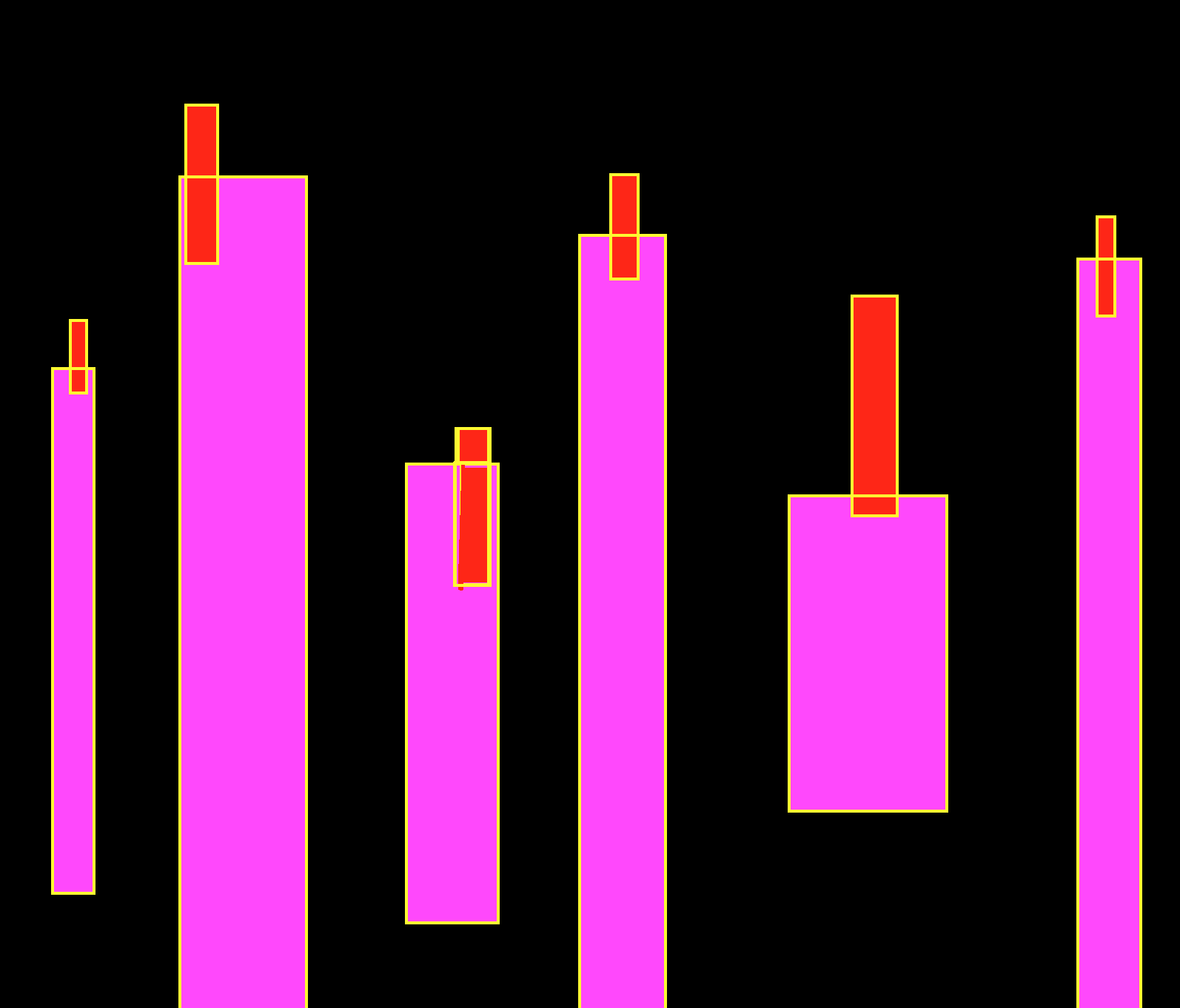

In the image, to change the background color. Erases to the current background color. Key to force pencil movements to be either horizontal or vertical. Or option-click in the image, to change the foreground color. Draws one pixel wide lines in the current foreground color. Once they have been edited, line selections revert to ordinary region of interest selections. Line selections, however, cannot be added or subtracted from previous selections. The control key to add a new selection or the option key to subtract a new selection. Line selections can be edited in the same way as region selections by holding down Used to move the selection without changing its orientation. The handles at either end swing and stretch the line and the one in the center is Straight line selections have three "handles" (small black squares). Lines selections can also be "nudged" a pixel at a time using the arrow keys. Inside the "marching ants" and dragging, although this has to be done carefully for Line selections can be moved in the same way as region of interest selections by clicking The text tool to label lines with the measured length. Use Show Results to display the list of length measurements. Type command-f (Fill)Īnd command-1 (Measure) to quickly draw and measure the length of a line selection. Pixels unless Set Scale has been used to perform spatial calibration. Line lengths recorded using the Measure command are given in Straight lines can be constrained to be either vertical or horizontal by holdingĭown the shift key. Line width is specified by clicking on the lines at the bottom of the tool palette. Using a technique similar to the way polygon region selections are made, using a Only, you can dynamically vary the line width by clicking on the lines at the bottomįreehand line selections are created in the same way as freehand region selections,Įxcept they are not required to be closed. Measure its length using the Measure command, draw it using the Fill command, generateĪ density profile plot using the Plot Profile command, and outline the line (assuming line width is greater than one) using the Draw Boundary command. Once you have created a line selection, you can Menu is accessed by clicking on the line selection tool's icon and holding the mouseīutton down for at least 1/2 second. Menu (note the little triangle) is used to select one of three line types. Use these tools to create straight, freehand or segmented line selections. Use the arrow keys to "nudge" selections one pixel at a time. When using the polygon or freehand tools, you can also use the shift key Selections can be edited by holding down the control key to add a new selection toĪn existing selection or the option key to subtract a new selection from the existing Similarly, after using Drawīoundary, you can change line widths by clicking on the lines in the Tools window. You can change colors by clicking in the LUT window. Immediately after using the Fill command, Image regions defined by the four outlining tools can be Copied, Filled, Cleared, Double-click on this tool's icon to bring up the Calibrate dialog Creates non-rectangular subregions for use by various commands in the Edit, ProcessĪnd Analysis menus. (Double-clickingĪlso terminates drawing.) Double-click on this tool's icon to bring up the measurement options dialog box. Click in the small box at the starting point to end drawing. Creates polygon-shaped subregions for use by various commands in the Edit, ProcessĪnd Analyze menus. As the ellipse is being drawn, its width and height are shown in the Info Hold down the shift key to constrain the selection to a perfectĬircle. Creates elliptical subregions for use by various commands in the Edit, ProcessĪnd Analyze menus. Its width and height are shown in the Info window. On this tool's icon to select the entire image. Hold down the shift key to constrain the selection to be square. Saved, Copied, Cleared, Filled, Duplicated, Scaled, Flipped, Rotated, Inverted, filtered, The contents of a rectangular selection can be Use this tool to specify a rectangular subregion to be used by commands in theĮdit, Process and Analysis menus. Other tools (except the text tool), you can temporarily switch to the grabber by

Allows you to scroll through an image that is larger than its window. Eight magnification levels are available: 1:1, 2:1, 3:1,
#Mac paintbrush flipping image plus#
Notice how the plus sign changes to a minus sign Option-click (or use Undo) within the image Click within the active image window to zoom. Has three variations selected using a pop-up menu. One of the tools (the line selection tool) All the tools work with images at any of theĮight available levels of magnification.
#Mac paintbrush flipping image windows#
The window containing the tool palette, as well as all other windows displayed byĬan be freely moved around the screen.


 0 kommentar(er)
0 kommentar(er)
